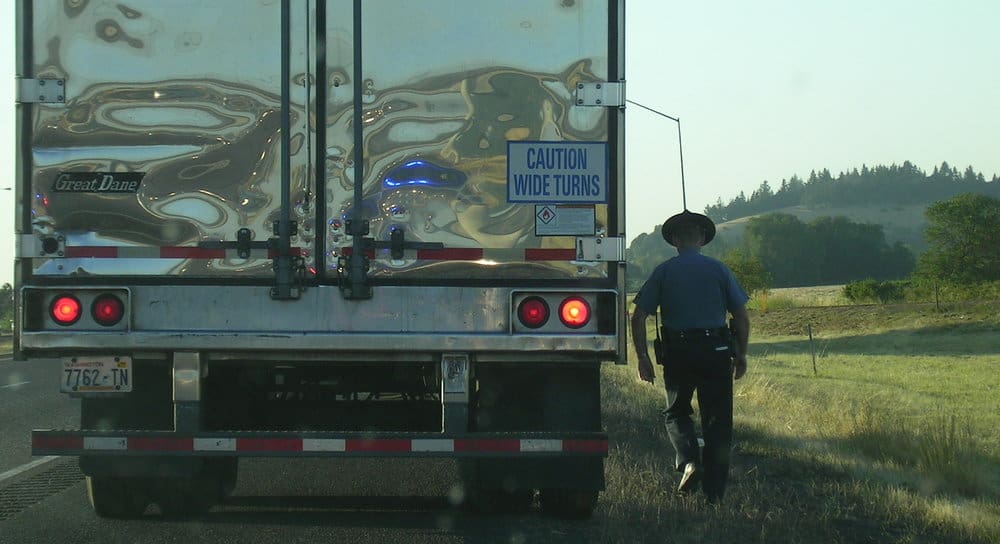
New mobile app utilizes smartphone technology to provide critical insights
By using the technology already built into smartphones and focusing on drivers rather than vehicles, a new mobile application from global fleet safety company GreenRoad is aiming to increase driver safety and fleet efficiency without the need for hardware.
Since 2004, GreenRoad has used telematics hardware device systems to collect data and monitor more than 10 billion miles and 1 million driving years. And thanks to this extensive industry insight, the company noticed two things: traditional fleet models were changing, and the benefits of traditional telematics for improving safety and efficiency were lost because data was focused on vehicles.
“You can have all this great technology, but if the driver isn’t performing the way they should be behind the wheel, all of that is really [useless] if you’re thinking about it from a safety and efficiency standpoint,” David Rodriguez, chief marketing officer, says.



And due to changing fleet models, installing hardware is now irrelevant for many companies. “A lot of these companies don’t own the trucks anymore, they’re leasing them so it’s becoming harder and harder – not just in the freight world but for all fleet-based companies – for them to be convinced they need to hardwire a telematics device in there,” Rodriguez says. “So what we said was let’s change the game and develop an application that’s mobile-based.”
“If you think about the Android or the iPhone, it has more technology in it than most of those telematics boxes,” he adds. “It’s got all the hardware that we need to tell drivers you’re speeding, braking, cornering, all of the compound maneuvers in between, which we calculate to be about 150, plus distracted driving.”
According to the National Safety Council, transportation incidents now account for 41% of work-related fatalities. The National Highway Traffic Safety Administration also found there were 6,296,000 Police-Reported Crashes in 2015 and that driver errors were responsible for 94% of accidents.
In an effort to reduce errors and accidents, the data-driven technology behind the GreenRoad Drive app focuses on making drivers aware of the most minute driving mistakes by detecting human errors in real-time and suggesting driving styles to help lower the total number of errors made.
The idea is that by first correcting very basic errors—anything from quick lane changes to hard braking, overall safety will improve. “If you reduce those errors, you’re going to reduce minor crashes,” Rodriguez notes. “And if you reduce minor crashes you’re going to reduce major crashes. Let’s give the drivers the tools and the insight to say, ‘hey you, it seems like you’re speeding a lot today, you might want to slow down.’”
Drivers can use the audible cues for real-time, in-cab coaching direct from their phone or tablet or they can review past trips once the vehicle has stopped. A driver’s trip history will show when and where drivers made errors such as a lane-changing event and integrate tips for safer driving. They can also see their driving scores and replay routes.
“Hopefully what we’re trying to do is correct those subconscious errors while they’re driving so they can just become better drivers,” Rodriguez says. “Because over time, if they keep getting alerts and pings saying you’re doing something wrong, they’ll change their behavior and they’ll start driving better.”
The app can also be used as a navigation device and drivers can take it with them from vehicle to vehicle, where it will perform like traditional telematics devices with a few inputs from the driver.
And for fleet companies who would like even more vehicle data such as engine performance and fuel usage, GreenRoad Drive has opened up the platform to be more integrated with other systems and can incorporate statistics from OBD2 devices, which can also be moved between vehicles.










